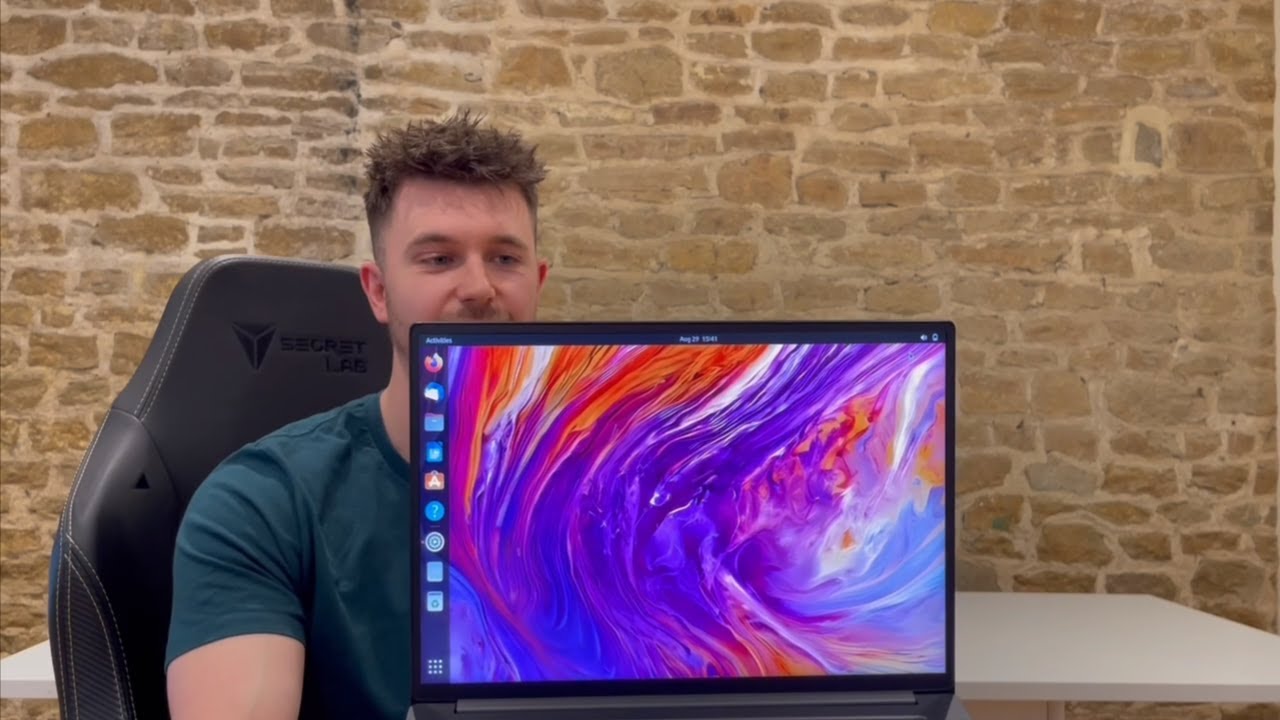

My two cents; install uBlue’s Microsoft Surface Images. Here you can find the (WIP) documentation on how it differs from other uBlue images. I’m sure the following lines should pique your interest:
- "Replaces the stock Fedora kernel with the Surface kernel
- Adds the correct kernel modules"
For installation, either refer to the dedicated page on installation (from ISO) or follow instructions on how to rebase (from an existing Fedora Atomic installation).
My personal take on what uBlue is, would be that it’s how Fedora would love to ship their Atomic variants if they could ship everything without worrying about those things they can’t (like hardware acceleration, codecs etc). Furthermore, uBlue even has device-specific images; which is just fantastic if you happen to own such a device.
Last, but definitely not least; it’s the best platform in which the transition to Ostree Native Container has been realized. As such, this allows some very unique ways to maintain a distro. For example; if something broke (for whatever reason) on vanilla Fedora Atomic, then… well, you (the uBlue-user) wouldn’t even have noticed it. Because that breakage simply never hit your device. Instead, uBlue’s maintainers noticed the issue -> somehow applied changes to the image so that the image doesn’t ship the issue (by either not shipping the breakage inducing update of the specific package or by shipping the workaround/fix with the image) -> the very next time you update your system (which happens automatically in the background by default) you just go on with your life as if nothing had happened in the first place 😅. So, in a sense, your system is managed such that breaking changes/updates don’t hit you; while they do hit non-uBlue users.
And I haven’t even touched upon how uBlue enhances tinkering or how it allows one to manage (a fleet of) self-customized images etc.
In case you’re still not sure if you’d like to use a derivative rather than the original, then it’s at least worth noting that uBlue is mentioned in Fedora’s documentation.


It seems as if the uBlue images ship the required OpenRazer kmod by default. Therefore, I would suggest you to take a look at those. You still need to follow some additional steps though 😅. Which might not be very intuitive… Thus, I propose the following: if you’ll rebase to uBlue, you might as well rebase to Bazzite. After the rebase has been completed, the (post-)installation software should already give you the option (it’s just a simple toggle) to install OpenRazer. The toggle is clearly visible in this frame.
If you perceive Bazzite as too opinionated for your taste, then perhaps you might opt to the following instead:
install-openrazer: sudo wget https://download.opensuse.org/repositories/hardware:/razer/Fedora_$(rpm -E %fedora)/hardware:razer.repo -O /etc/yum.repos.d/hardware:razer.repo && \ ublue-update --wait && \ rpm-ostree install -y openrazer-meta razergenie && \ if ! grep -q "plugdev" /etc/group; then \ sudo bash -c 'grep "plugdev" /lib/group >> /etc/group' \ ; fi && \ sudo usermod -a -G plugdev $USER && \ echo "Please reboot to apply needed changes."Which should be the just-entry (and thus responsible) for whatever happens after the toggle is enabled*.